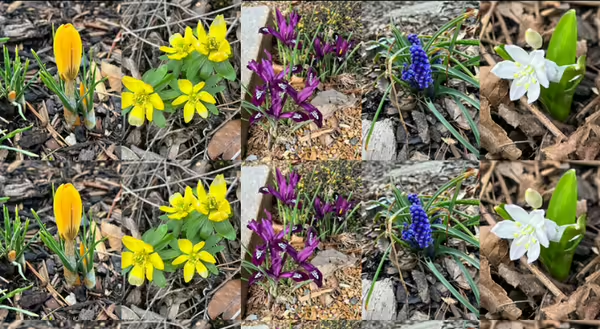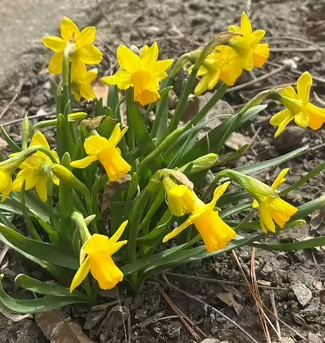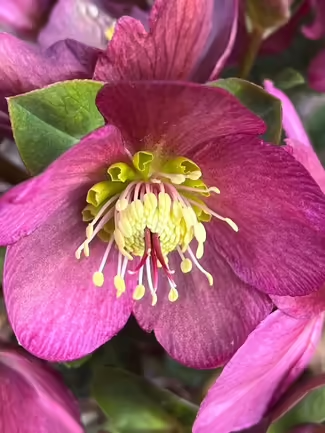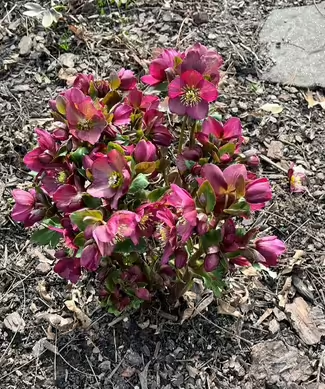
It’s amaing how the little things can give us such joy, like seeing the first bee of the season, or a Carolina wren tearing out last year’s nest in order to rebuild it anew. But as a gardener, seeing the first blooms of the year completes that’s sense of renewal for me.
My go-tos for early bloom are:
- snow crocus (Crocus spp.)
- winter aconite (Eranthis spp.)
- hellebores (Helleborus spp.)
- netted iris (Iris reticulata)
- grape hyacinth (Muscari spp.)
- daffodils (Narcissus spp.)
- squill (Scilla spp.)
Plan your fall-planted bulb order now
All of these except the hellebores are fall-planted bulbs, so this is the time I walk the garden and make note of where early bloom could be added in preparation for making my bulb order later this spring. I’ve said it before and I will say it again, make your bulb order early. No matter what, when those bulbs arrived, you’ll find the strength to plant them. If you wait until you are tired out mentally and physically from gardening all summer, you may not have the energy to even make the order.
Daffodils normally require full sun, but for early-blooming cultivars, you can bend the rules a bit and plant them under deciduous trees as long as they are exposed to full sun during the tree’s dormant period. It works because the early-blooming cultivars can complete their bloom cycle under full sun well before the tree’s leaves have yet to emerge and cast shade.
You don’t need petals to be colorful
I have had a love affair with hellebores ever since I planted my very first one over 20 years ago. One fun fact is hellebores lack conspicuous petals. It is actually the five petal-like sepals mascarading as petals putting on the color display. The ring of tubular funnel-form nectories just inside the sepals are the actual modified petals, with the very center of the flower containing 2-10 pistils surrounded by multiple rings of up to 125 stamens.
Hellebores take a bit of work though. Many species and all of the hybrids maintain their foliage throughout all or part of the winter, and often become unsightly when “crisped” by our cold dry winter winds. This requires an annual trimming-back of older leaves to not only improve appearance, but also make room for new growth to emerge unimpeded. It should be noted the sap from cut leaves is known to sometimes cause skin irritation, so it is best to wear long-sleeves and gloves to avoid the issue altogether.
Some hellebores can produce a lot of offspring, so any unwanted seedling should be rogued out at this time as well. The majority of seedlings will be clustered at the base of the plant, but don’t be surprised it you find some quite a ways away due to ant dispersal (myrmecochory).
The mind just boggles at how so many things have evolved, and work the way they do. Read this! Not only do hellebore seeds contain a fat- and starch-rich structure (eliosome) that ants consume after taking it back to their nest, the elaiosome mimics and releases an ant sex pheromone to bring them right to the ripe seed in the fist place. Quite a nice trade for dispersal services.


